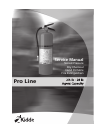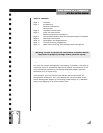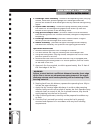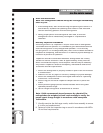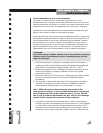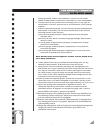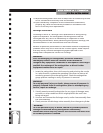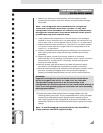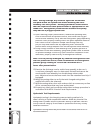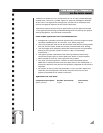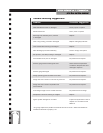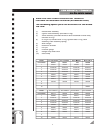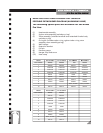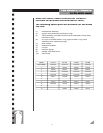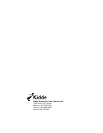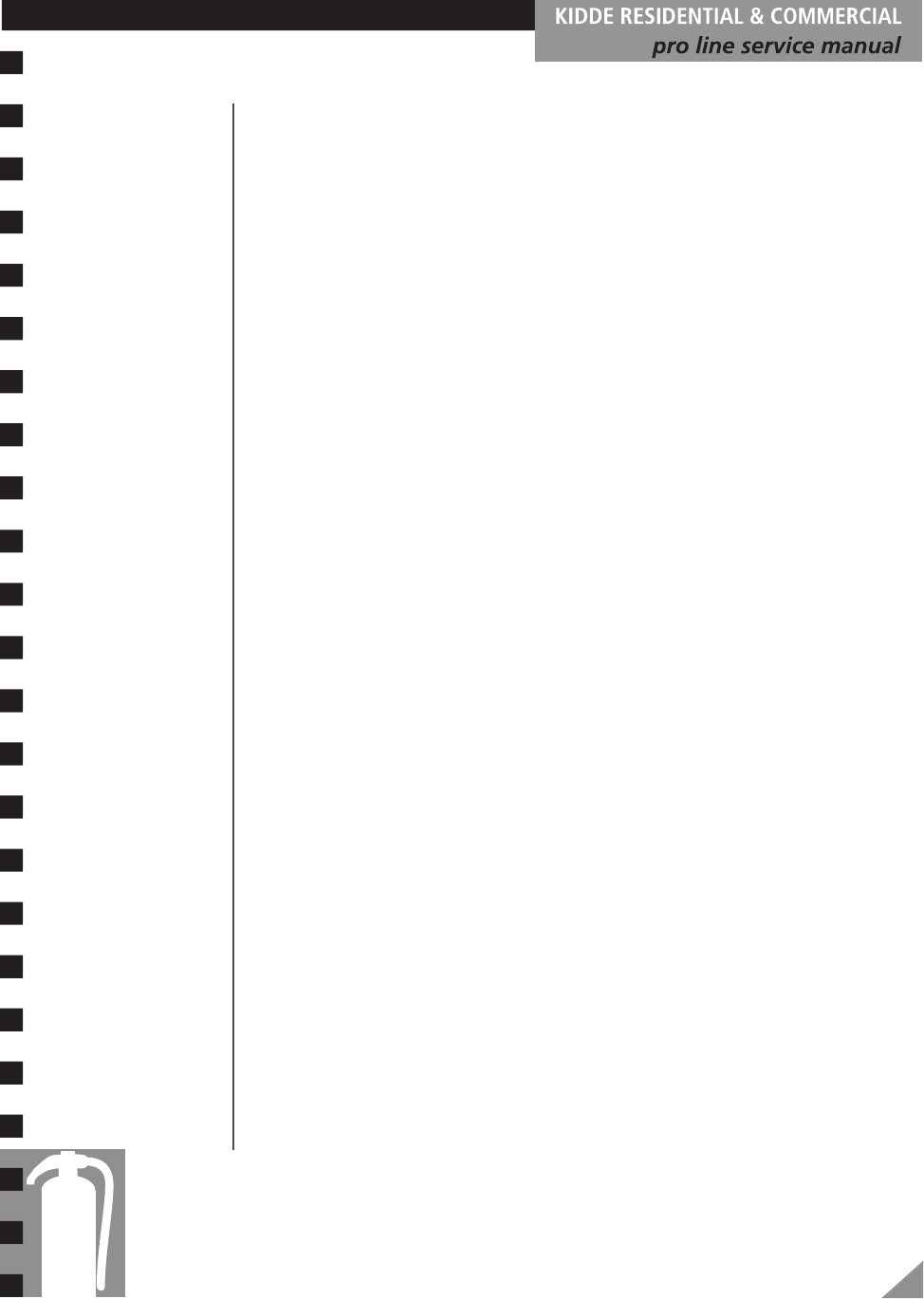
Introduction
This manual is designed as a guide to service personnel in the
performance of operation, after use, inspection, maintenance, service
and recharge of Kidde dry chemical hand portable fire extinguishers.
These instructions are written and intended to be used by those
personnel already familiar with standard industry fire extinguisher safety
procedures and practices. All fire extinguishers should be installed,
inspected and maintained in accordance with the National Fire Protection
Association Standard titled “Portable Fire Extinguishers” (NFPA-10) and
all the requirements of the local authority having jurisdiction.
The instructions appearing in the National Fire Protection Association
standard for portable fire extinguishers (NFPA-10), the Code of Federal
Regulations, and in the Compressed Gas Association (CGA) pamphlets are
not generally repeated in this manual, except where they may emphasize
or clarify a point. Hydrostatic testing of fire extinguisher cylinders for
example is amply covered in NFPA-10 and CFR-49 part 180.209, which
reference procedures in CGA pamphlets C-1, C-2 and C-6.
NFPA Government Printing Office Compressed Gas Association
1 Batterymarch Park P.O. Box 371954 1235 Jefferson Davis HWY
Quincy, MA 02269 Pittsburgh, PA 15250-7954 Arlington, VA 22202
(617) 770-3000 (202) 512-1802 (703) 412-0900
www.nfpa.org www.bookstore.gpo.gov www.cganet.
com
General Information
These Kidde extinguisher models are stored pressure hardware designs,
which utilize steel and Aluminum agent cylinders. These models are
charged with various types of Kidde dry chemical agents that include
Regular (Sodium Bicarbonate), Purple-K (Potassium Bicarbonate) and
Multipurpose (Mono-Ammonium Phosphate). The extinguishers should
only be pressurized with nitrogen.
Never attempt to recharge a Kidde dry chemical fire extinguisher with
any other dry chemical agent other than that specified on the original
nameplate.
Descriptions
The Kidde dry chemical extinguishers are “stored pressure” hardware
designs that contain both the agent and expellant charge within the
same cylinder. The extinguishers are engineered to effectively discharge
the contents of the dry chemical charge.
These extinguishers consist of the following basic parts:
1. Agent cylinder
- contains the dry chemical agent and expellant
charge.
3



